Viking Blog
The Enduring Legacy of Viking Ships: How Their Designs Influence Modern Boats
For centuries, Viking ships have captivated historians, engineers, and maritime enthusiasts alike. These iconic vessels were more than tools of conquest and exploration. They were masterpieces of naval architecture. Modern boat-building shows the Viking legacy in ship design. It proves the seafaring Norsemen were ahead of their time.
The Ingenuity of Viking Ships
Craftsmen made Viking ships, like the longship and knarr. They built them with precision for specific purposes. The longship was a marvel of engineering. People famed it for its speed and agility. They built it for swift raids and coastal navigation. In contrast, the knarr was a robust cargo vessel built for long voyages across open seas. Both types of Viking ships had innovative features. They still impact maritime design today.
- Viking ships had narrow, long hulls and a shallow draft. This let them navigate both open oceans and shallow rivers with ease. This versatility is key in modern boat design. It matters most for vessels meant for diverse water conditions.
- Viking ships had a symmetrical shape. Their bow and stern were identical. This let them reverse direction without turning around. This feature improved maneuverability in tight spaces and tides. It inspired efficient hull designs in modern boats.
- Clinker-Built Construction: Viking ships had overlapping planks, fastened with iron rivets. This gave them great strength and flexibility. Clinker construction has influenced wooden boatbuilding for centuries. It is still prized for its durability and seaworthiness.
Influence on Modern Boat Design
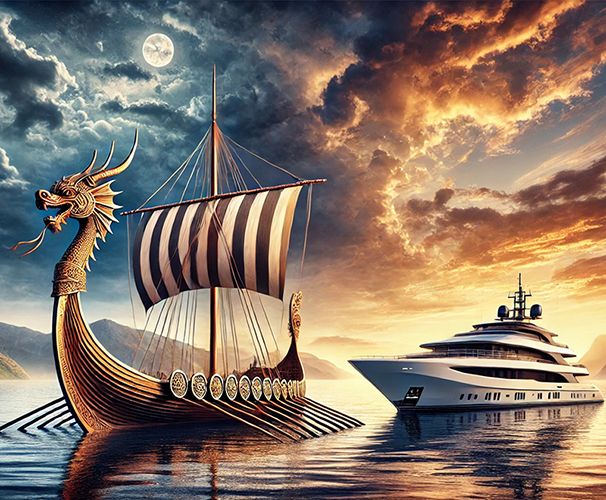
Despite great advances in technology, many Viking shipbuilding principles still apply today. Designers and engineers often use these ancient techniques. They help create vessels that are both efficient and sustainable.
- Aerodynamic Efficiency: Viking ships’ sleek shapes inspire modern yachts and racing boats. In those, speed and agility are key. Modern racing sailboats have narrow hulls and long, sweeping lines. Their design echoes that of the Viking longship.
- Durability: Craftsmen built Viking ships using a strong clinker technique. It is a blueprint for building vessels that can withstand harsh seas. Clinker construction is still used in some boats today, especially wooden ones. It makes them stronger and more resilient.
- Eco-Friendly Practices: Viking shipbuilders used natural materials and sustainable methods. They relied on timber and other resources that were readily available. Modern designers have revisited these practices to find solutions that are eco-friendly. They use renewable materials, like sustainably sourced timber, and energy-efficient designs.
The Cultural Legacy
Beyond their technical impact, Viking ships hold immense cultural significance. Their iconic silhouette and rich history inspire art and culture. They symbolize exploration, adventure, and the seafaring spirit. Museums worldwide preserve and exhibit Viking ships. They showcase a seafaring tradition that shaped global exploration and trade.
A new interest in Viking culture has spurred replica ships. One is Denmark’s “Sea Stallion.” It sailed to Ireland and England across the North Sea. It showcased the Vikings’ impressive seafaring skills.
Conclusion
The legacy of Viking ships is a testament to human ingenuity and adaptability. Their innovative design and cultural impact have marked maritime history. Modern boatbuilders, inspired by the Vikings, apply their principles. Thus, the spirit of these ancient mariners sails on in today’s waters.

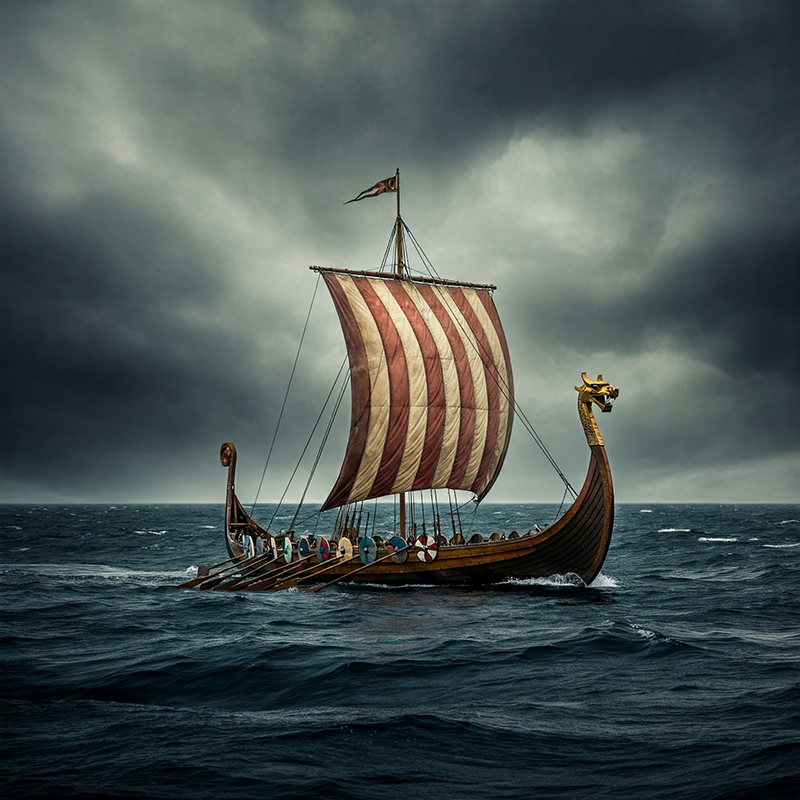




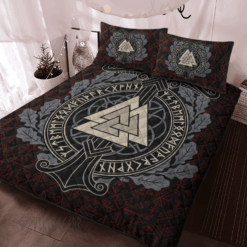
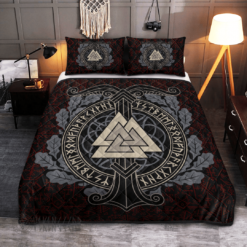
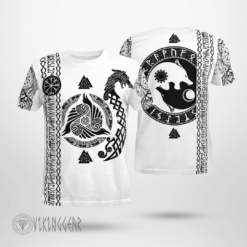
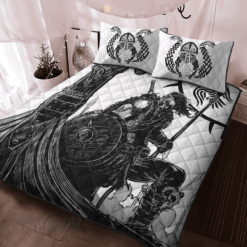
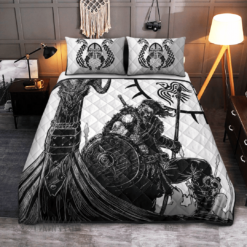
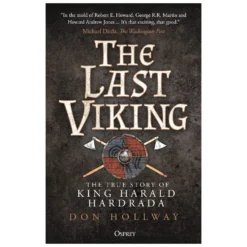
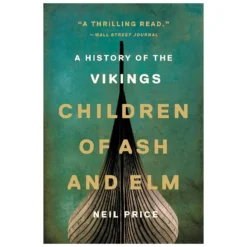
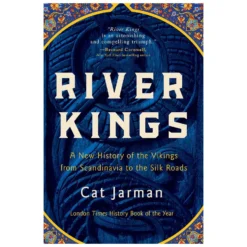
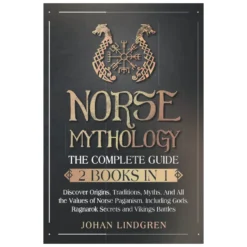
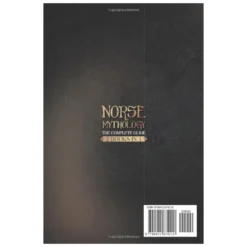
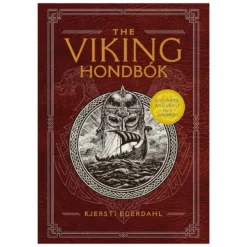
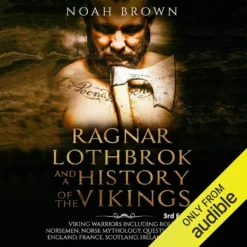
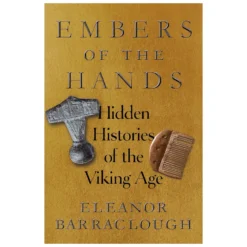
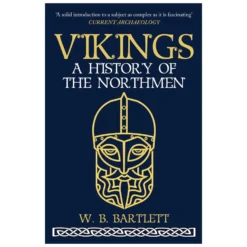
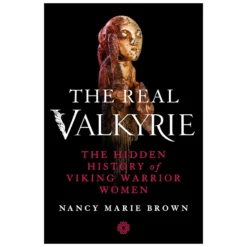
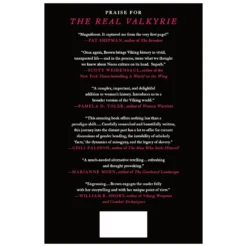


Its quite astonishing and posterity artifact